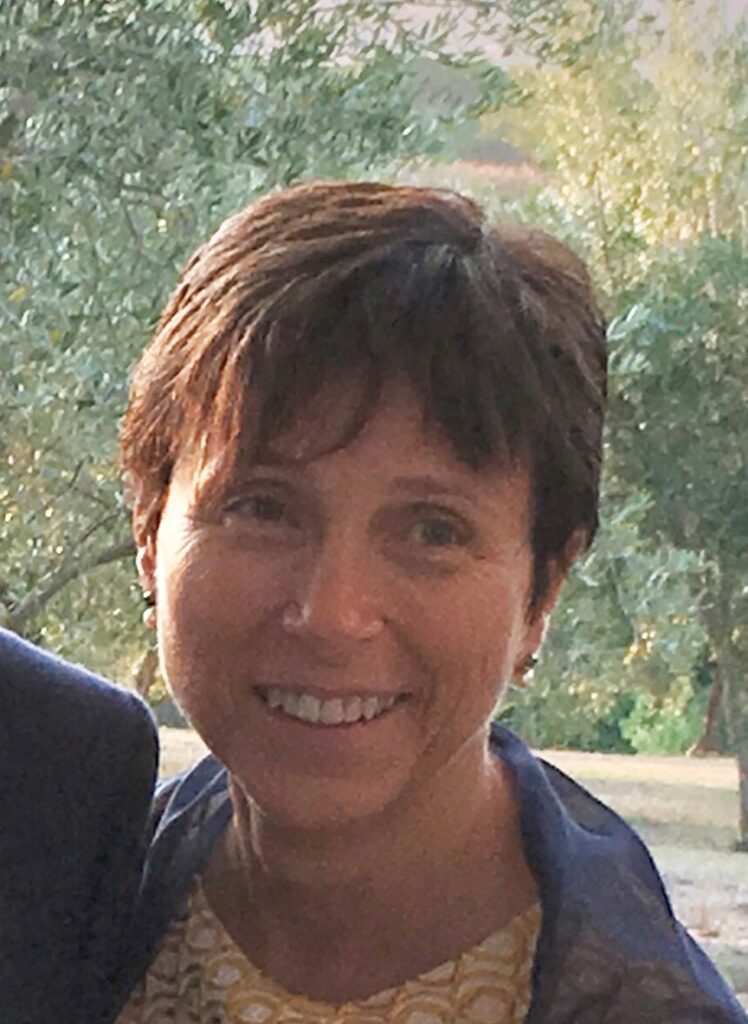
Adriana Chilin graduated in Pharmaceutical Chemistry and Technology at the University of Padua on December 16, 1983 with a grade of 110/110 cum laude. In 1984 she worked in the chemical R&D laboratories of Glaxo Italia in Verona, IT. She then obtained the PhD in Pharmaceutical Sciences in 1989 at the University of Padua, IT. She was a researcher in the Department of Pharmaceutical Sciences from 1989 to 2000 and since 2000 she is Associate Professor of Pharmaceutical Chemistry at the Faculty of Pharmacy, now the Department of Pharmaceutical Sciences (DSF) of the School of Medicine and Surgery of the University of Padua. She has held the teaching of the Laboratory of Extractive and Synthetic Preparation of Drugs for the Course in Pharmaceutical Chemistry and Technology and currently teaches Pharmaceutical Chemistry for the Course in Pharmacy and Principles of Pharmaceutical Chemistry for the Course in Biotechnology. Since 2015 he has been President of the Board of the Degree Program in Pharmacy (University of Padua), member of the Teaching Commission of the Dept of Pharmaceutical Sciences (University of Padua) since 2012, member of the Teaching Board of the Doctoral School in Molecular Sciences (University of Padua) since 2012, member of the Board of the School of Specialization in Hospital Pharmacy (University of Padua) since 2014, member of the Board of the School of Medicine and Surgery since 2019. Since 2017 she has been dealing with innovative teaching in higher education and is part of the Change Agents group of the University of Padua, which promotes and manages changes and transformations for teaching in the field of active-learning. She is an expert in conventional organic synthesis and MAOS, in the purification and identification of organic compounds, in the rationalization of drug-target interactions through QSAR and molecular modeling. Her research field focuses on the design, synthesis and chemical and biological characterization of biologically active compounds. In particular, she worked on new inhibitors of topoisomerase I and II with heterocyclic structure, on compounds with a quinazoline structure such as ATP-mimetic tyrosine kinase inhibitors, on NF-kB inhibitors with furocoumarinylacetic and propionic structure, on new generations of furocoumarin analogues, with selective therapeutic effects (CFTR corrector, CFTR potentiator, inflammation modulator) for the therapy of cystic fibrosis.
